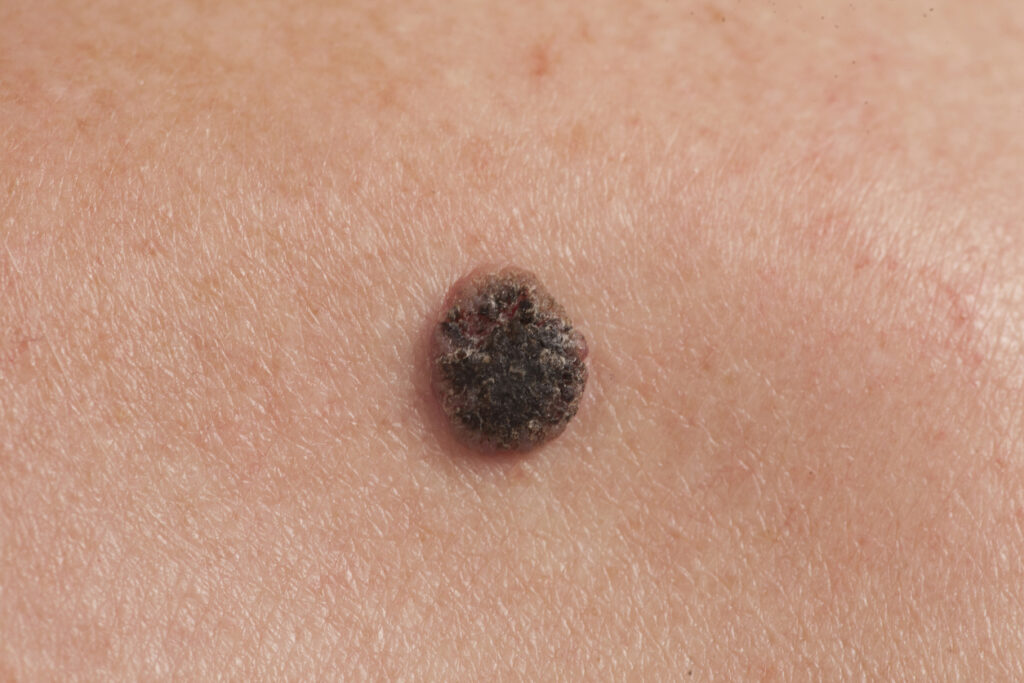Immunotherapy medications are now available for treating non-melanoma skin cancers (NMSC) including basal cell carcinoma (BCC) and squamous cell carcinoma (SCC). While these medications have expanded treatment options for non-melanoma skin cancers, they are not without their share of side effects.
Medication labels do provide a list of side effects, but researchers set out characterize the practical side effects seen in patients receiving systemic treatments for NMSC.
They culled data from the U.S, Food and Drug Administration’s Adverse Events Reporting System (FAERS) on NMSC drugs that target programmed cell death protein 1 (PD-1) and the Hedgehog (Hh) signaling pathway.
Muscle spasms (23.45%), alopecia (16.06%), ageusia (12.02%), taste disorder (11.91%), and fatigue (11.67%) were the five most common side effects reported with medications used for BCC treatment. Men on vismodegib (Erivedge, Genentech) for BCC had a greater odds of experiencing muscle spasms and ageusia compared females who were more likely to experience alopecia and nausea.
With SCC treatment, the five most reported adverse events were fatigue (5.58%), rash (3.59%), asthenia (3.59%), pruritus (3.19%), and pyrexia (2.79%). Patients taking cemiplimab-rwlc (Libtayo, Regeneron) for BCC compared to SCC were more likely to experience disease progression.
“Our results provide practical information on side effects experienced by the public using non-melanoma skin cancer treatment,“ the study authors conclude. “While a diagnosis of skin cancer can be alarming to patients, an accurate data driven discussion about potential side effects is pivotal to encouraging compliance, and trust and a sense of preparedness.”
The study appears in the May 2024 issue of the Journal of Drugs in Dermatology.


